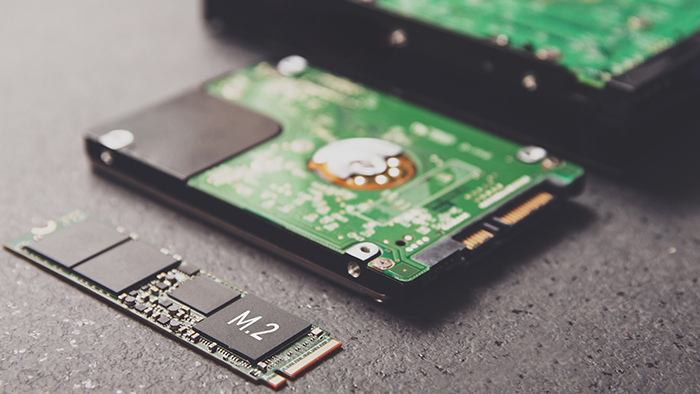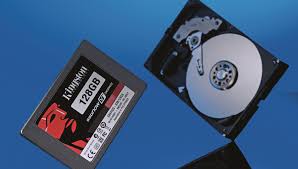SSD vs. HDD: What’s the Difference?

Solid State Disk is the equivalent of the abbreviation for SSD, meaning hard disk. An SSD is a disk that stores information on multiple connected memory cards, but not on a magnetic disk. The first SSD was tested on a Sharp PC-5000 in 1983. The memory of this computer at that time was 128 KB. In the same year, a mechanism was generated that allowed the SSD capacity to be expanded by inserting additional memory cards. In 1991, SanDisk created an unimaginably large 20 MB drive that cost $ 1,000 at the time.
The principle of operation of SSD is basically the same as that of USB sticks. Inside the SSD is a built-in board that contains electrical transformers, fuses, and several memory chips. In a USB memory stick, there is usually one such chip, so its capacity is not large.
Unlike HDD, SSD do not have any disk drive inside. HDD technology, meanwhile, is based on the drive and the drive itself that holds the information.
Advantages and disadvantages of SDD disks.

SDD is much more compact than HDD. It is small and thin. SSD have specific fuses that reduce the risk of data loss. It is not afraid of energy interference, is resistant to shocks. SSD data recording speed is higher, resistant to magnetism. However, in terms of drawbacks, it is important to mention that SSD have two main drawbacks. One of them is the maximum capacity. To date, HDD almost double their capacity, and the second drawback is the cost of the technology. SSD with the same memory are three times more expensive than HDD.
However, the reason why you should choose SSD is extremely simple: an SSD is much more reliable.


